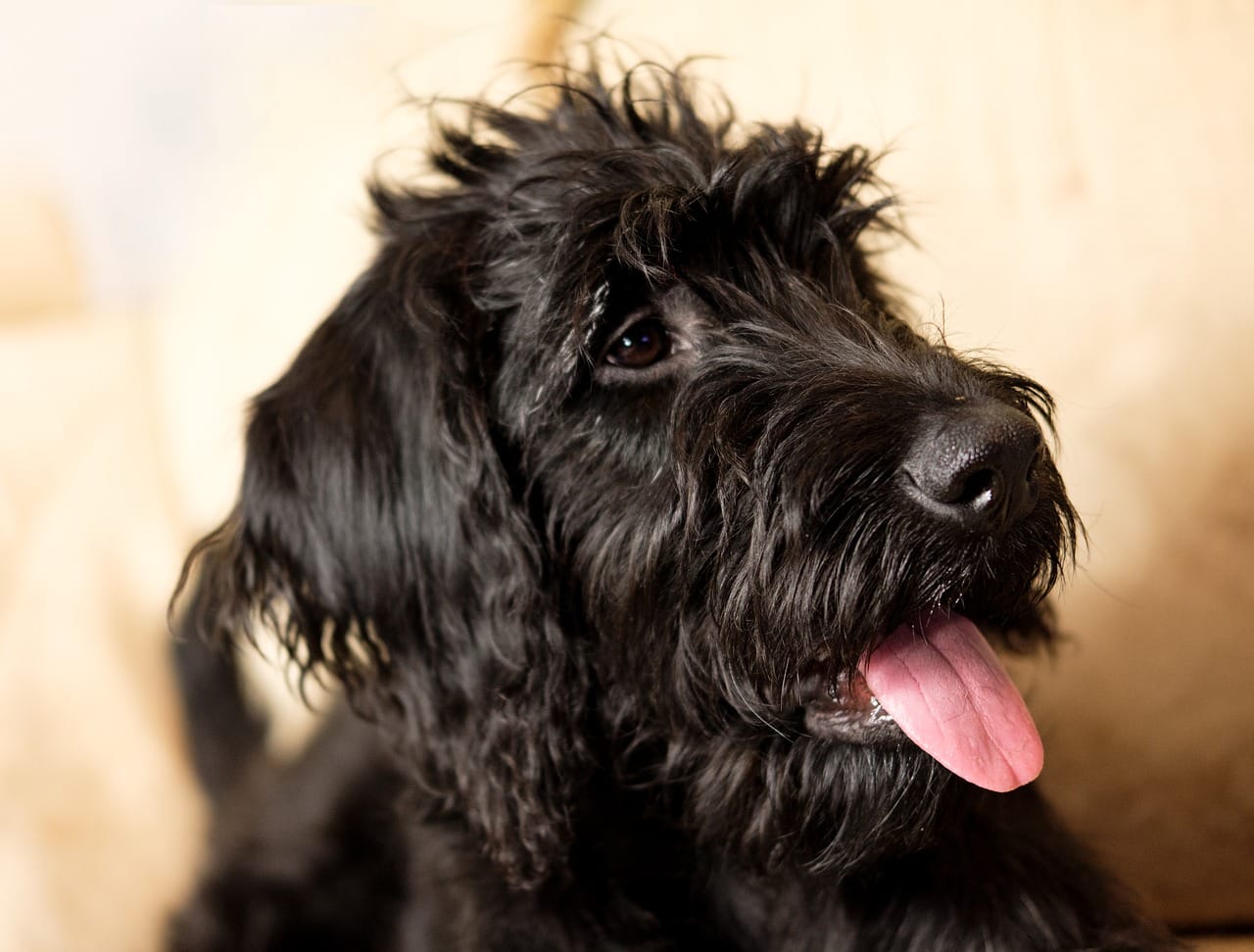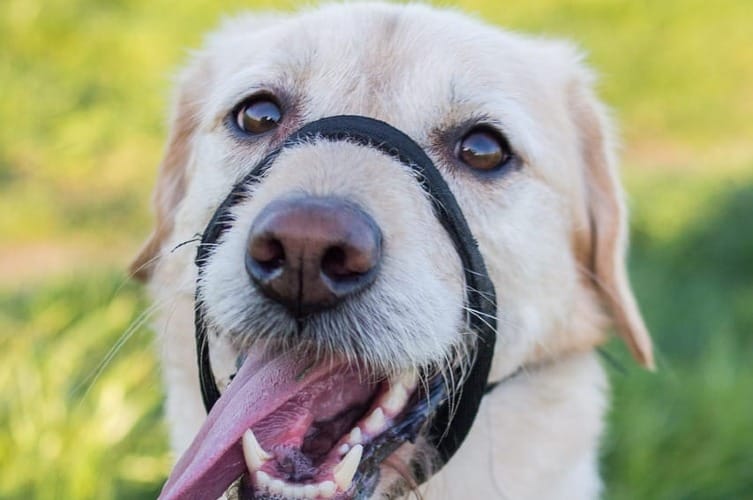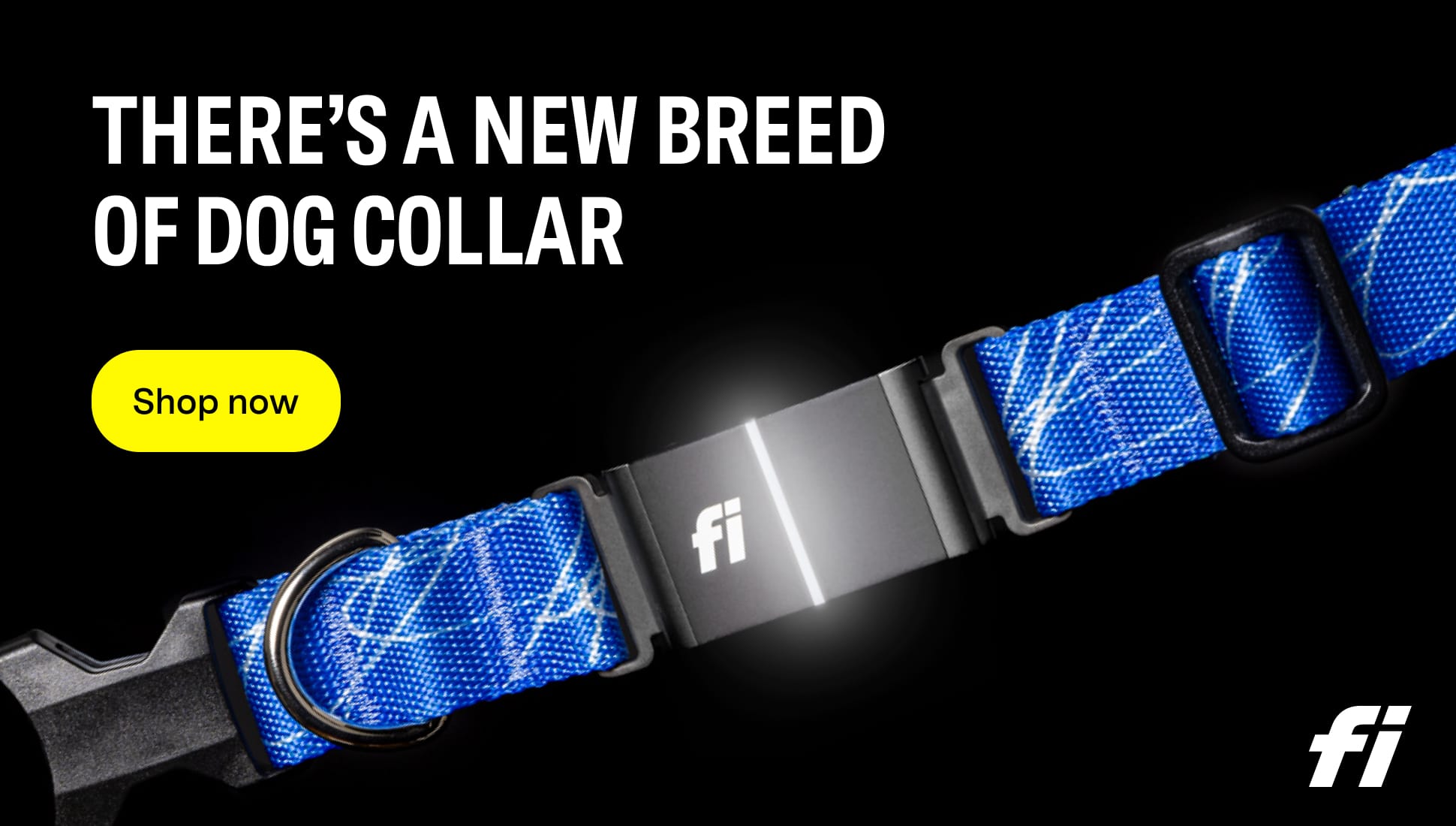Beef cheeks for dogs have become increasingly popular in recent years as a healthy and flavorful alternative to traditional dog food. Beef cheeks are a nutrient-rich cut of meat that is packed with protein, vitamins, and minerals that are essential for a dog's overall health and well-being.
Not only are beef cheeks a healthy option for dogs, but they are also incredibly tasty. Dogs love the rich, meaty flavor of beef cheeks, and many pet owners report that their dogs become more excited about mealtime when they are served this delicious cut of meat.
While beef cheeks can be a bit more expensive than traditional dog food, many pet owners feel that the benefits of feeding their dogs this high-quality meat are well worth the cost. In the following article, we will explore the many benefits of beef cheeks for dogs and provide tips on how to incorporate this nutritious meat into your dog's diet.

Benefits of Beef Cheeks for Dogs
Beef cheeks are a popular choice for dog owners who want to give their pets a nutritious and natural treat. Here are some of the benefits of beef cheeks for dogs:
Promotes Dental Health
One of the main benefits of beef cheeks for dogs is that they promote dental health. Chewing on beef cheeks can help to clean teeth and massage gums, which can reduce the risk of dental problems such as gum disease and tooth decay.
High Nutritional Value
Beef cheeks are also highly nutritious, containing a range of vitamins, minerals, and other essential nutrients that are important for your dog's health. They are a good source of protein, collagen, amino acids, and essential fatty acids, which can help to support healthy skin, coat, and joint health.
Safe and Digestible Chew
Another benefit of beef cheeks for dogs is that they are a safe and digestible chew. Unlike some other types of dog treats, beef cheeks are unlikely to cause digestive problems or choking hazards, making them a great choice for dogs of all ages and sizes.
Overall, beef cheeks are a healthy and natural treat that can provide a range of benefits for your dog's health and wellbeing. Whether you are looking to support your dog's dental health, provide them with essential nutrients, or simply give them a tasty and satisfying treat, beef cheeks are a great choice.

Comparing Beef Cheeks to Other Dog Chews
When it comes to choosing the right chew for your furry friend, there are a lot of options available on the market. Two popular choices are rawhide and bully sticks, but how do they compare to beef cheeks? Let's take a closer look.
Beef Cheeks vs. Rawhide
Rawhide has been a popular choice for dog chews for many years. However, it has come under scrutiny in recent years due to potential safety concerns. Rawhide can be difficult for dogs to digest, and it can also pose a choking hazard if large pieces are swallowed. In addition, some rawhide chews are treated with chemicals to help preserve them, which can be harmful to dogs.
On the other hand, beef cheeks are a natural, digestible alternative to rawhide. They are made from the inner cheek muscle of cows, which is a lean and flavorful cut of meat. Beef cheeks are also softer than rawhide, making them a great option for dogs who are aggressive chewers but may have difficulty with harder chews.
Beef Cheeks vs. Bully Sticks
Bully sticks are another popular choice for dog chews. They are made from the pizzle (or penis) of bulls and are often marketed as a natural and safe alternative to rawhide. However, like rawhide, bully sticks can pose a choking hazard if swallowed whole.
Beef cheeks, on the other hand, are a safer option for power chewers. They are high in protein and low in fat, making them a healthy choice for dogs. They are also a good alternative for dogs who may be allergic to beef bully sticks.
In conclusion, when it comes to choosing a chew for your dog, beef cheeks are a safe, natural, and digestible option. They are a great alternative to rawhide and bully sticks and are sure to keep your furry friend happy and healthy.

Selecting the Right Beef Cheeks
When it comes to selecting the right beef cheeks for your furry friend, there are a few important factors to consider. Understanding the source and assessing the quality and safety of the product are crucial to ensuring your dog receives the best possible nutrition.
Understanding the Source
The source of the beef cheeks is an important consideration. Look for beef cheek rolls that are made from free-range, grass-fed cattle. These cattle are raised in a more natural and humane environment, which can result in a healthier and more nutrient-dense product.
Additionally, choosing products made with all-natural ingredients and sustainably sourced beef is not only better for your dog's health but also for the environment.
Assessing Quality and Safety
When assessing the quality and safety of beef cheeks, there are a few things to keep in mind. First, ensure that the product is made with high-quality beef cheeks that are free from fillers and preservatives.
It's also important to consider the nutritional value of the product. Look for beef cheek rolls that are low in fat and calories to help maintain a healthy weight for your dog.
Finally, always check for any potential safety concerns, such as recalls or contamination issues. It's important to purchase products from reputable brands that prioritize safety and quality control.
By taking the time to carefully select the right beef cheeks for your dog, you can provide them with a nutritious and delicious treat that they'll love.

Feeding Guidelines and Considerations
When it comes to feeding your dog beef cheeks, there are some important guidelines and considerations to keep in mind to ensure your pup stays healthy and happy.
Appropriate Portion Sizes
As with any dog food, it's important to feed your pup beef cheeks in moderation. While beef cheeks are a nutritious and delicious treat, overfeeding can lead to weight gain and other health issues.
The appropriate portion size will depend on your dog's size, age, and activity level. As a general rule of thumb, smaller dogs will need smaller portions, while larger dogs can handle larger portions. It's always best to consult with your veterinarian to determine the appropriate portion size for your dog.
Choking Hazards and Supervision
Beef cheeks are a great chew for dogs, but they can pose a choking hazard if not given and supervised properly. Always supervise your dog when giving them beef cheeks, and make sure to choose the appropriate size for your dog.
For smaller dogs or puppies, it's best to choose smaller beef cheeks or cut them into smaller pieces to reduce the risk of choking. Additionally, it's important to choose beef cheeks that are the perfect chew consistency for your dog. If the beef cheeks are too tough, they can be difficult for your dog to chew and swallow.
Caloric Intake and Dog Treats
When incorporating beef cheeks into your dog's diet, it's important to consider their overall caloric intake. While beef cheeks are a nutritious treat, they should not make up a significant portion of your dog's diet.
It's also important to keep in mind any other dog treats or snacks you may be giving your pup throughout the day. Too many treats can lead to weight gain and other health issues, so it's important to monitor your dog's treat intake and adjust accordingly.
Overall, beef cheeks can be a great addition to your dog's diet when given in moderation and with appropriate supervision. Always consult with your veterinarian to determine the best feeding plan for your pup.

Potential Risks and Allergies
Beef cheeks are a nutritious and delicious treat for dogs, but it's important to be aware of potential risks and allergies that could affect your furry friend. Here are some things to keep in mind:
Identifying Common Allergens
Dogs can be allergic to a wide range of foods, including beef. Some common allergens include grains, dairy, eggs, and soy. Symptoms of an allergic reaction can include itching, hives, swelling, and difficulty breathing.
If your dog has a history of food allergies, it's important to introduce new foods slowly and monitor their reaction closely. If you notice any signs of an allergic reaction, stop feeding them beef cheeks and consult with your veterinarian.
Recognizing Symptoms
In addition to allergies, there are some potential risks associated with feeding your dog beef cheeks. These include choking, gastrointestinal blockages, and bacterial contamination.
Symptoms of choking can include difficulty breathing, gagging, and coughing. If your dog is choking, it's important to act quickly and seek veterinary care.
Gastrointestinal blockages can occur if your dog swallows a large piece of beef cheek that gets stuck in their digestive tract. Symptoms of a blockage can include vomiting, diarrhea, and loss of appetite. If you suspect your dog has a blockage, seek veterinary care immediately.
Finally, it's important to be aware of the risk of bacterial contamination. Raw or undercooked beef can contain harmful bacteria like salmonella and E. coli, which can cause serious illness in dogs. Always make sure to cook beef cheeks thoroughly before feeding them to your dog.
By being aware of these potential risks and taking steps to prevent them, you can safely incorporate beef cheeks into your dog's diet and provide them with a tasty and nutritious treat.
Product Reviews and Recommendations

Top Beef Cheek Brands
When it comes to finding the best beef cheek brands for dogs, there are a few that stand out. Raw Paws, Top Dog Chews, and Barking Buddha Pet are all highly recommended by pet owners and veterinarians alike.
Raw Paws offers a variety of beef cheek products, including whole cheeks and sliced cheeks. Their beef cheeks are sourced from free-range, grass-fed cattle and are free from hormones and antibiotics. Customers rave about the quality and freshness of Raw Paws' beef cheeks.
Top Dog Chews is another great option for beef cheek products. They offer a variety of sizes and cuts, including whole cheeks, sliced cheeks, and jerky. Top Dog Chews' beef cheeks are also sourced from grass-fed cattle and are free from hormones and antibiotics. Customers appreciate the high-quality and long-lasting nature of Top Dog Chews' beef cheek products.
Barking Buddha Pet is a newer brand that has quickly gained popularity among pet owners. Their beef cheeks are sourced from grass-fed, free-range cattle and are minimally processed. Customers love the natural and healthy nature of Barking Buddha Pet's beef cheek products.
Customer Experiences
Pet owners have had overwhelmingly positive experiences with beef cheek products for their dogs. Many customers report that their dogs love the taste and texture of beef cheeks, and that they provide a long-lasting chew that keeps their dogs occupied for hours.
Reviews for Raw Paws, Top Dog Chews, and Barking Buddha Pet are all consistently positive. Customers appreciate the high-quality nature of the products and the fact that they are sourced from grass-fed, free-range cattle. Many customers also appreciate the fact that these brands offer a variety of sizes and cuts to accommodate dogs of all sizes.
Overall, beef cheeks are a great option for pet owners looking for a healthy and natural chew for their dogs. Raw Paws, Top Dog Chews, and Barking Buddha Pet are all highly recommended brands that offer high-quality beef cheek products.

Sustainability and Ethical Considerations
When it comes to sourcing beef cheeks for dogs, sustainability and ethical considerations are important factors to consider.
One way to ensure sustainability is to source from farms that practice regenerative agriculture. Regenerative agriculture promotes soil health and biodiversity, which in turn helps to reduce carbon emissions and increase carbon sequestration. This can be achieved through practices such as rotational grazing, cover cropping, and reduced tillage.
In terms of ethical considerations, sourcing from free-range and grass-fed cattle is crucial. Free-range cattle are allowed to roam and graze on open pastures, which promotes natural behavior and reduces stress. Grass-fed cattle are fed a natural diet, which is better for their digestive health and reduces the need for antibiotics. Both of these factors contribute to the overall welfare of the animals.
It's also important to consider the environmental impact of transporting the beef cheeks. Sourcing locally can reduce the carbon footprint associated with transportation.
Overall, sourcing beef cheeks from sustainably sourced, free-range, and grass-fed cattle can ensure both the welfare of the animals and the sustainability of the environment.

Conclusion
In conclusion, beef cheeks for dogs are a safe and natural chew option that provides numerous health benefits. These chews are a great source of healthy fats and contain glucosamine, B vitamins, and zinc, which are essential for maintaining a dog's overall health.
Not only are beef cheeks nutritious, but they are also palatable and appealing to most dogs. Many dogs enjoy the taste and texture of beef cheeks, making them an excellent option for picky eaters.
When it comes to nutritional information, beef cheeks are a great source of protein and contain a moderate amount of calories. It is important to note that while beef cheeks are a healthy treat option, they should still be given in moderation to prevent overfeeding and potential weight gain.
Overall, beef cheeks for dogs are a great option for pet owners who want to provide their furry friends with a healthy and tasty chew option. With their numerous health benefits and palatable taste, beef cheeks are sure to be a hit with most dogs.




